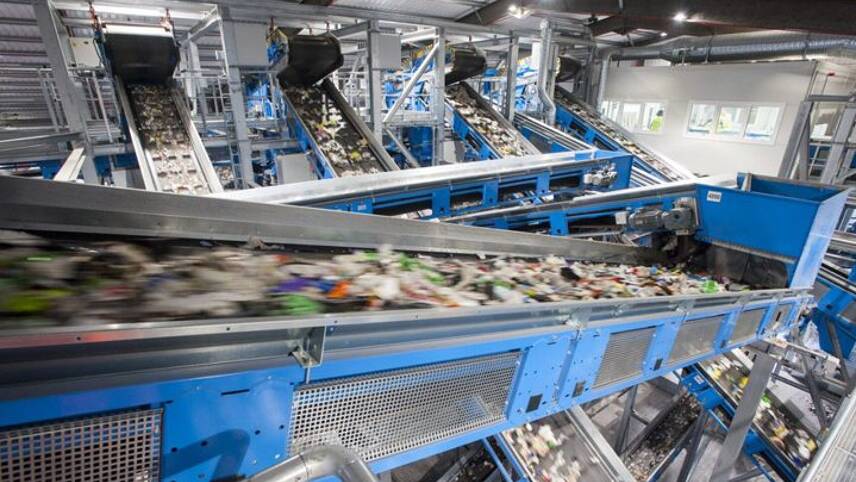Register for free and continue reading
Join our growing army of changemakers and get unlimited access to our premium content

Image: Viridor
Under the deal, P&G will receive recycled plastic feedstocks for the manufacture of home cleaning product packaging from Viridor, the UK-based recycling and energy recovery firm.
Plastic supplied under the deal will be from post-consumer sources, with Viridor claiming it will be able to up the quantity of plastics delivered to P&G on a year-on-year basis through to 2025. The firm has three dedicated plastics recycling facilities in the UK – at Avonmouth, Rochester and Skelmersdale – through which the plastics for P&G will be sourced.
The move marks P&G’s latest step towards its 2030 goal of halving the amount of virgin plastics it uses to make packaging. This ambition was set in 2018 against a 2017 baseline, through P&G’s membership to The Alliance to End Plastic Waste.
In order to meet this target, P&G last year committed to converting more than 300 million bottled across its European household cleaning brands to either 100% recycled or partially recycled plastic annually. The proportion of post-consumer recycled plastic content will rise to 50% in Ariel liquid detergent bottles and 100% in transparent Lenor fabric conditioner bottles this year.
P&G’s purchases group manager Adam Selby said the new deal with Viridor will “accelerate” progress towards the 2030 goal.
Viridor, meanwhile, emphasised its commitment to scaling up the UK market for recycled plastics.
“Viridor has been supplying P&G with post-consumer recycled material for the past three years, with volumes steadily increasing to meet P&G’s growing sustainability targets,” Viridor’s managing director for resource management Keith Trower said.
“Quality control is crucial to our recycling operations – this is how we ensure we can offer manufacturers competitive alternative circular economy stock as opposed to their sourcing virgin stock.”
Holy Grail?
P&G’s recycled plastics targets form part of a wider, five-pillar strategy on plastics packaging, which also includes targets around recyclability, reusability, reduction and innovation.
On the latter, P&G’s Holy Grail” project, which aims to place digital watermarks on packaging, so they can be identified by a range of key stakeholders, won edie’s Circular Economy Innovation of the Year Award for 2020.
In developing the project, P&G worked with 29 actors across the plastics packaging value chain, including manufacturers, waste managers and academics. The businesses worked together for more than a year to prove the sorting concept. Once this success had been announced, it secured the backing of more than 50 organisations to launch HolyGrail 2.0 – the second phase of the project, bringing it to the mass market for the first time.
More broadly, however, P&G, along with the other Alliance to End Plastic Waste members, has faced criticism for not downsizing existing infrastructure related to virgin plastics use.
Sarah George


Please login or Register to leave a comment.